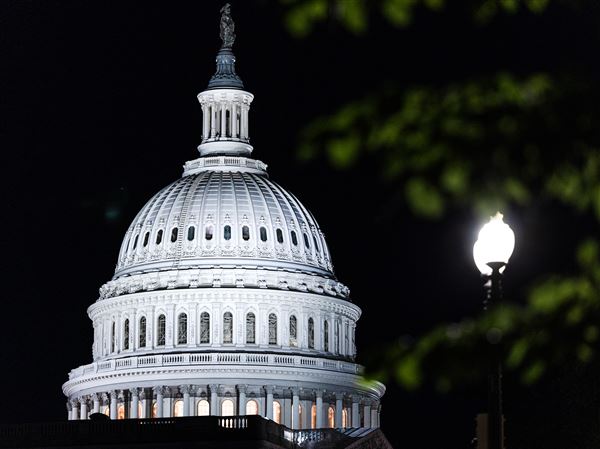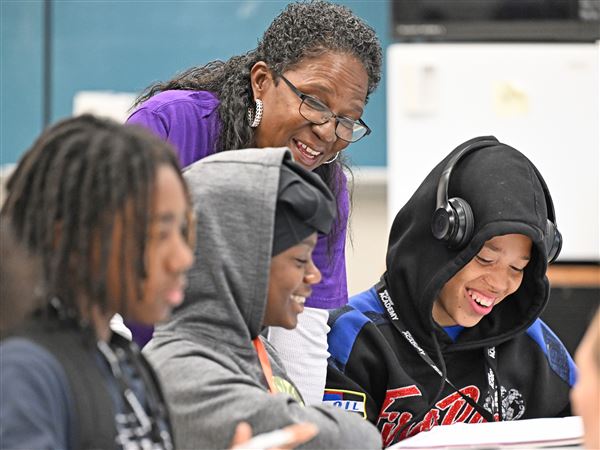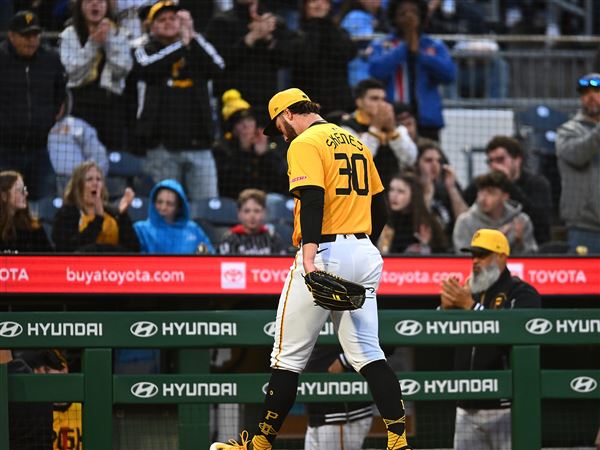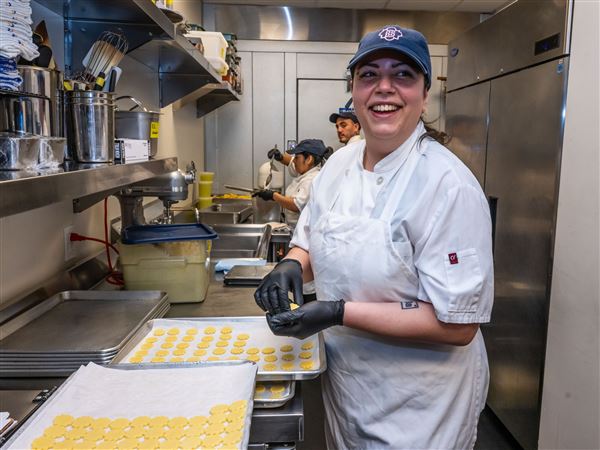The handsome black vehicle takes curves without blips. It also halts, then proceeds through intersections without incident, even when other vehicles cut in front of it.
And, best of all, no road rage.
"Boss" -- Carnegie Mellon University's robotic Chevrolet Tahoe -- drives without human assistance in urban settings with surprising skill.
Yesterday, Carnegie Mellon's Tartan Racing team demonstrated its robotic vehicle to reporters and representatives of 17 sponsoring corporations including General Motors, Caterpillar and Continental.
By all accounts, it passed the driving test with flying colors at Robot City, a 178-acre Carnegie Mellon test site along the Monongahela River.
With enough high-tech equipment to amaze the most doubting technology geek, Boss is being prepared for an October qualifier in the Urban Challenge sponsored by the Defense Advance Research Projects Agency of the U.S. Department of Defense.
The main race will be Nov. 3 in a yet-unnamed Western urban setting with a $2 million prize going to the team whose vehicle best travels 60 miles through cityscape in less than six hours without human assistance.
As many as 50 vehicles are expected to compete. They must drive efficiently and safely and follow driving laws. They also must navigate around unexpected road blockages.
Tartan Racing, headed by William "Red" Whittaker, the university's Fredkin Research professor of robotics, said the self-driving, 320-horsepower Tahoe has 25 sensors, three miles of extra wiring, 10 computers with 208,000 lines of new computer code, 64 off-the-shelf components and 350 custom-built parts, not counting the car's standard equipment. Already Boss has driven 300 test miles on its own.
Its guidance system includes radar, sensors, a GPS system and other information-gathering technology that provides computers with data to decipher its location, prevent accidents and determine how best to reach its destination without human input.
GM researchers Hong Bae and Jim Nickolaou said their company joined the team because the technology will make driving safer. The more immediate hope is to help drivers remain in lanes and prevent collisions.
"This is pushing the envelope," Dr. Bae, a GM senior research engineer, said of Boss. "It's sensing what's going on, and it makes smart decisions."
Ultimately, Mr. Nickolaou said, GM has big aspirations for the technology.
"It will help drivers not to get into situations that crash the vehicles," he said. "Nowhere is a vehicle being built that does what [Carnegie Mellon] is trying to do. Humans will back away and robots will take over. It will make cars far less stressful."
In coming months, Dr. Whittaker said, the team will work long hours refining technology and preparing for competition. Next week, the team will head out West to test the vehicle.
"You can never do enough," he said, noting there are infinite circumstances that drivers face. "The work is worth doing because there are so many places to apply it, and we'll be contributing to the world."
First Published: January 24, 2007, 5:00 a.m.
















